We at AdiValka invite you to discover our Madhubani-inspired collection—Madhubani
Kalakalpa—a celebration of Indian art, handcrafted techniques, and symbolic beauty.
Each piece is an ode to nature, community, and storytelling.
Because tradition isn’t just something to admire—it’s something to wear, live, and pass on.
Origins of Madhubani Art in Indian Tradition
Madhubani art is an ancient visual tradition that finds its roots in the Mithila region of Bihar,
India, and extends into parts of southern Nepal. This art form isn’t just decorative—it is
deeply woven into the cultural and spiritual fabric of the region.
According to Hindu Itihasa, Madhubani art dates back to the time of the Ramayana. Legend
has it that the walls of King Janaka’s palace were adorned with these intricate paintings to
mark the marriage of his daughter Sita to Lord Rama. Since then, the art has held a special
place in rituals, celebrations, and rites of passage, becoming a visual language of devotion,
festivity, and legacy.
Originally practiced by the women of the community, Madhubani art was created on freshly
plastered mud walls and floors using natural materials such as rice paste, turmeric, and indigo
during auspicious occasions such as festivals and weddings. It was not just an act of creativity,
but an offering of love, memory, and belief.
Symbolism and Natural Motifs in Madhubani Art
What makes Madhubani art stand apart is its use of vibrant colours, complex geometric
patterns, and powerful symbolism. Every painting is more than a visual masterpiece—it is a
storytelling tapestry infused with meaning.
Motifs of the everyday like the sun, fish, lotus, and peacock each carry layers of significance.
They are drawn not just for their beauty, but to convey ideas of prosperity, fertility, renewal,
and divine presence. The style is meticulous, using symmetry and space with deliberate
intent. Through these motifs, artists have historically expressed their connection to nature,
the divine, and the rhythms of everyday life.
In this way, Madhubani art serves as a mirror to the values, hopes, and spiritual beliefs of its
people. Even today, these motifs resonate with the timeless essence of life—reminding us of
the sacred spirit of Madhubani art.




Handcrafted Storytelling: Madhubani Prints on AdiValka Clothes
At AdiValka, we carry forward this tradition of storytelling by bringing Madhubani art to
textiles through the time-honoured method of hand block printing. We see each cloth not just
as fabric, but as a canvas—an opportunity to celebrate the stories and symbols that have
defined generations.
By translating these historic motifs onto contemporary wear, we aim to honour our heritage
while making it part of our everyday. This isn’t just about design. It’s about deeply rooted
traditions finding new form—where the soul of this millennia-continued practice finds its
place in modern wardrobes.
Why Wear Madhubani: Spiritual Meaning Behind the Motifs
In the Mithila tradition, Madhubani motifs aren’t just patterns—they are prayers in pigment.
Whether it’s the representation of the cosmic order of the sun and moon, the fertility and
good fortune signified by fish, or the divine energy and protective power of nature captured in
different flora and fauna, each symbol carries meaning.
Wearing Madhubani is not merely an aesthetic choice—it is an act of connection. We believe
that the wearer absorbs the essence of the motif, benefitting from the qualities it represents. It
becomes a personal talisman, a cultural expression, and a spiritual touchstone all at once.
At AdiValka, every Madhubani art motif we block print is chosen with care and intention, so what you wear
reflects more than style—it reflects story, spirit, and substance.
Explore our latest collection featuring Madhubani motifs – where heritage meets
sustainability.







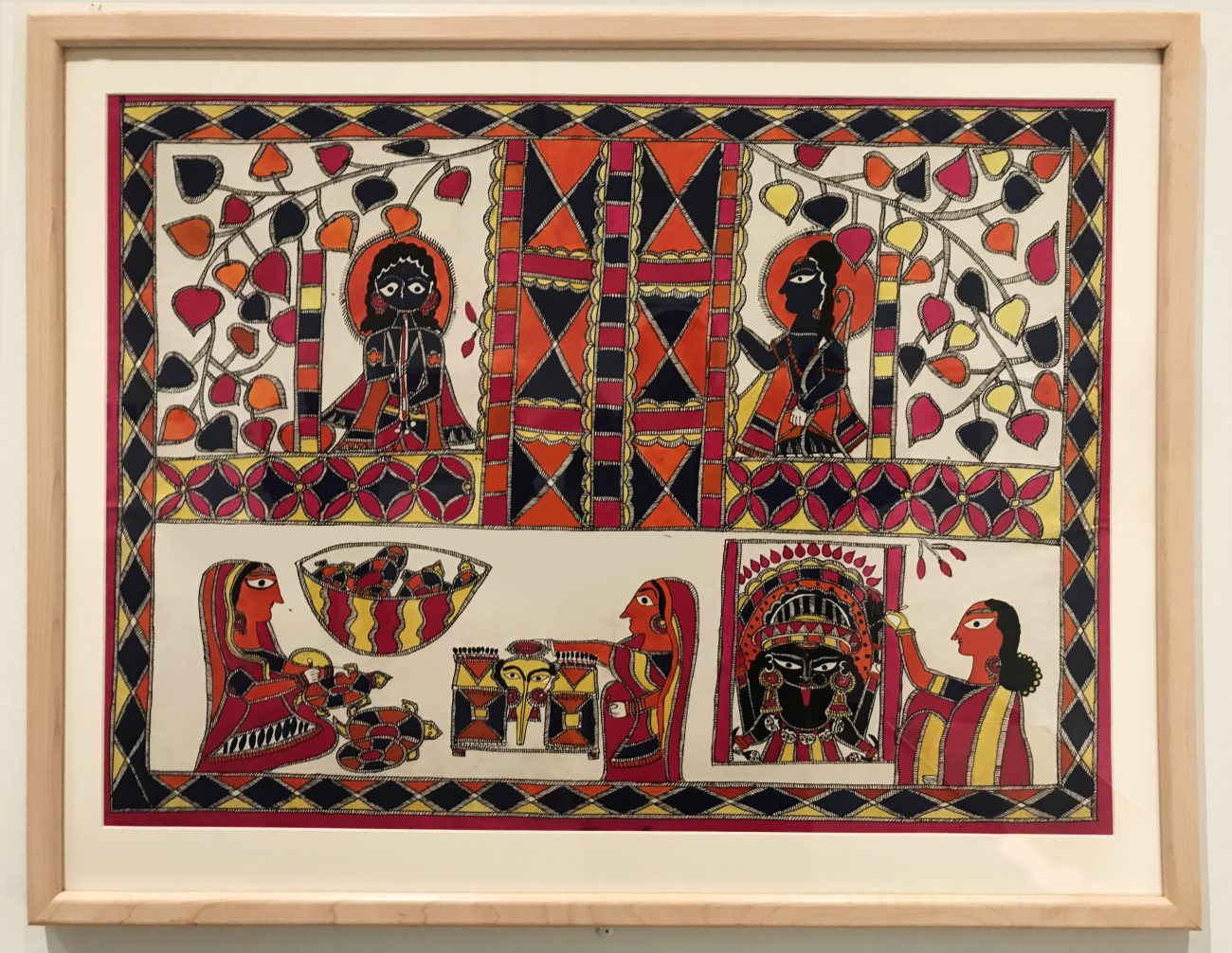


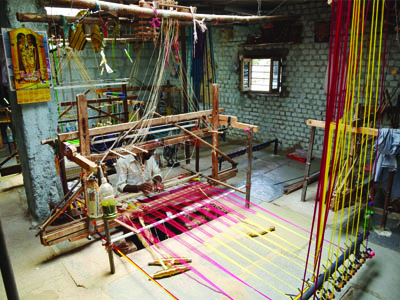
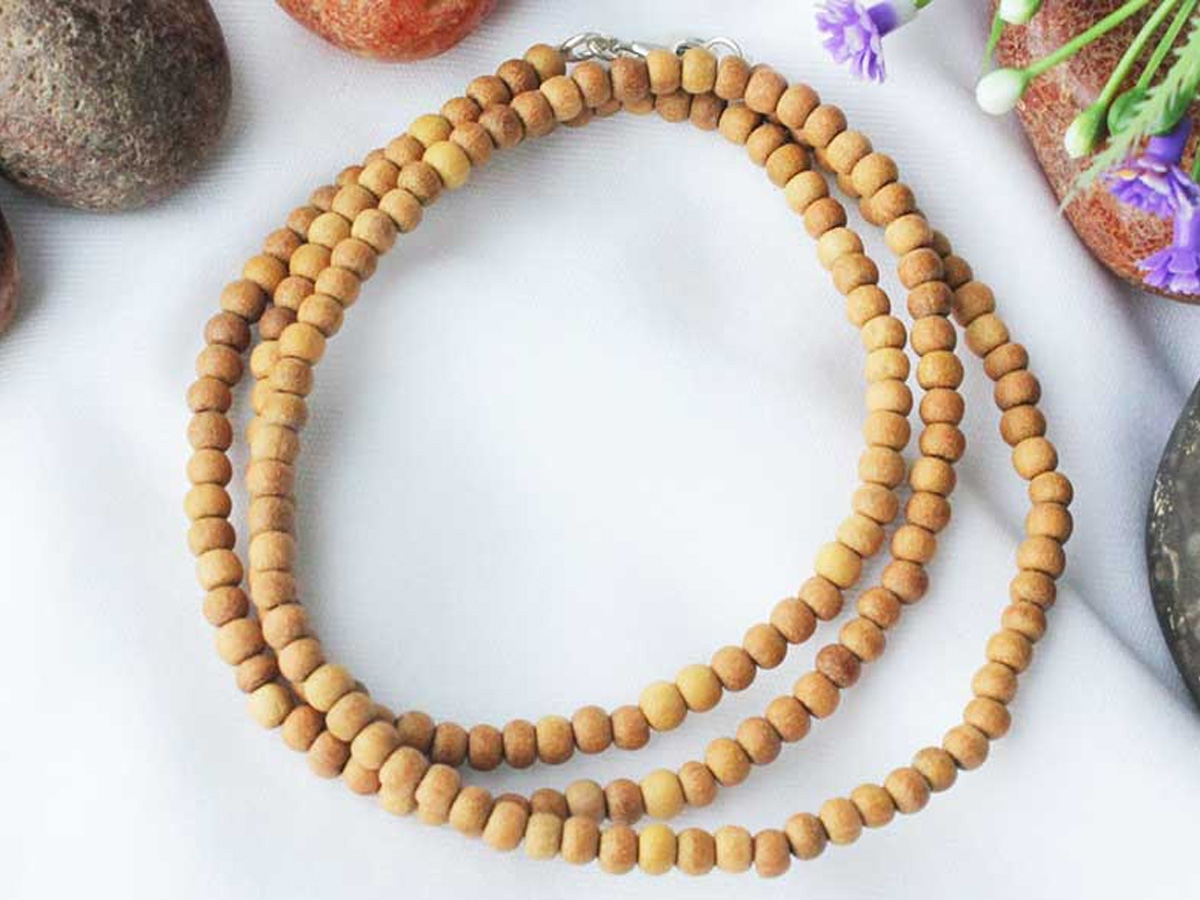
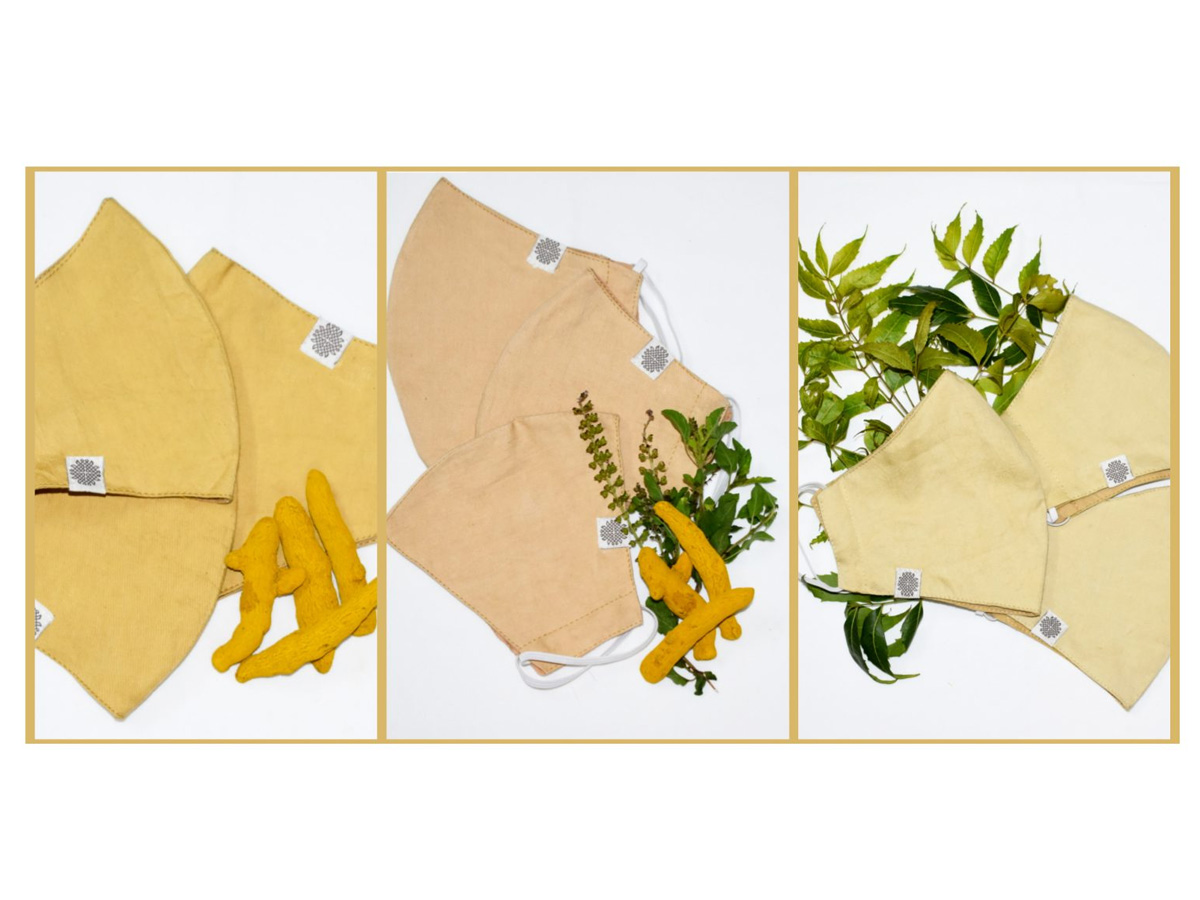

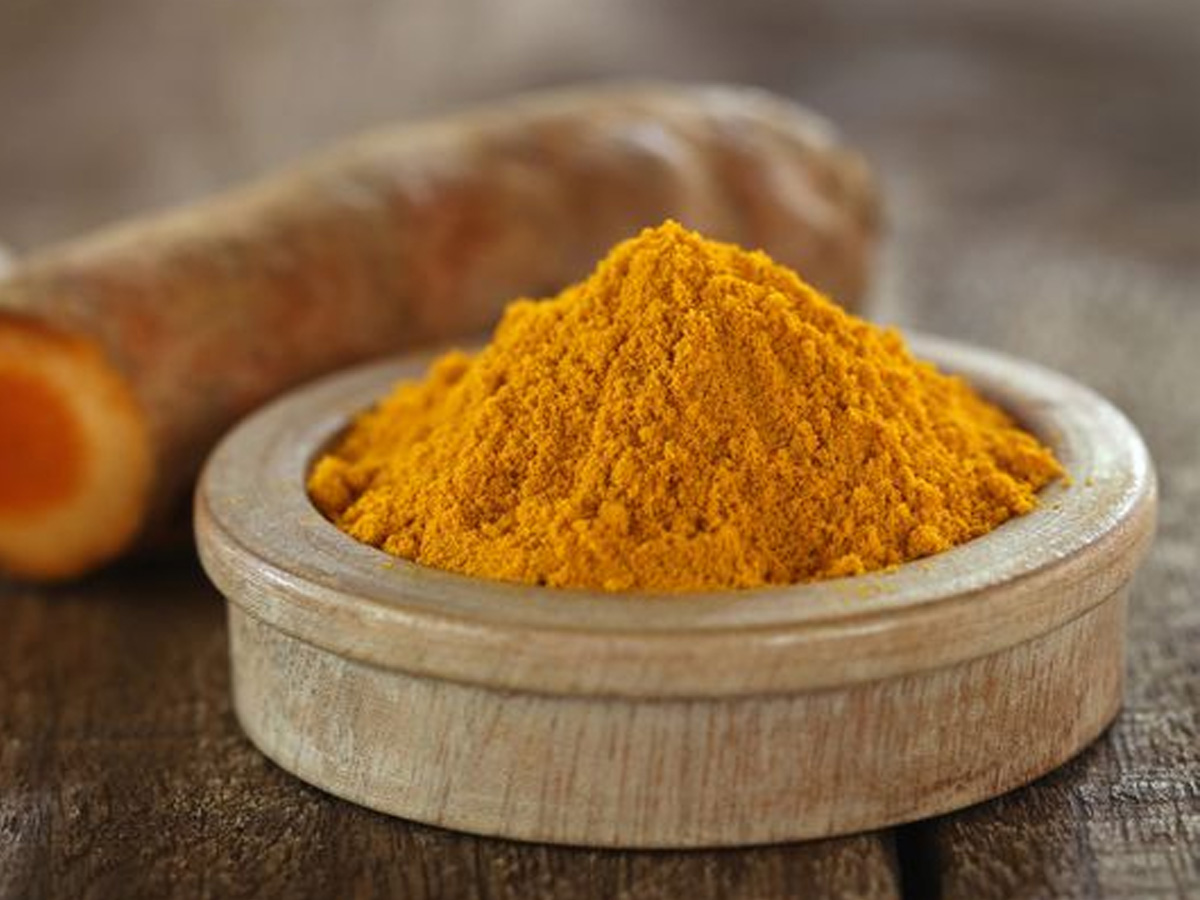

Leave a comment